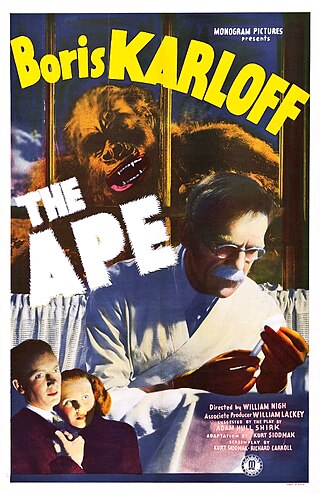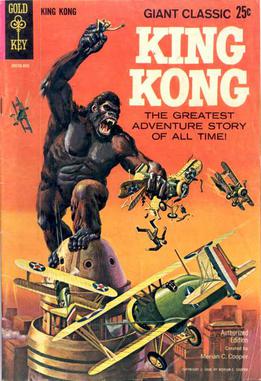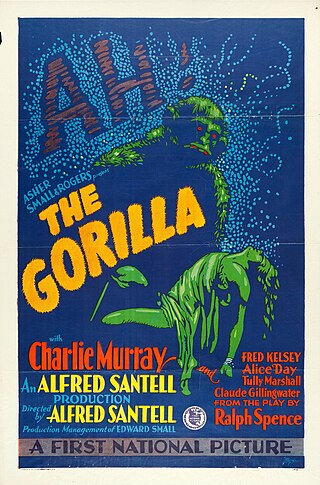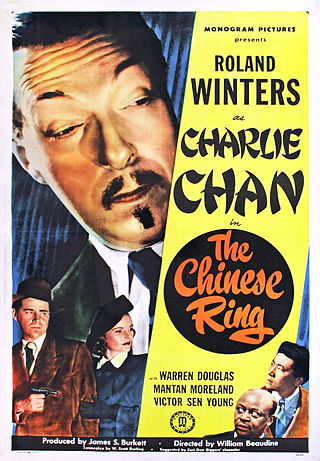
Susan Alexandra "Sigourney" Weaver is an American actress. Prolific in film since the late 1970s, she is known for her pioneering portrayals of action heroines. She is the recipient of numerous accolades, including a BAFTA Award, two Golden Globe Awards, and a Grammy Award as well as nominations for three Academy Awards, four Emmy Awards, and a Tony Award.

Murder on the Orient Express is a work of detective fiction by English writer Agatha Christie featuring the Belgian detective Hercule Poirot. It was first published in the United Kingdom by the Collins Crime Club on 1 January 1934. In the United States, it was published on 28 February 1934, under the title of Murder in the Calais Coach, by Dodd, Mead and Company. The UK edition retailed at seven shillings and sixpence (7/6) and the US edition at $2.

A mystery film is a film that revolves around the solution of a problem or a crime. It focuses on the efforts of the detective, private investigator or amateur sleuth to solve the mysterious circumstances of an issue by means of clues, investigation, and clever deduction. Mystery films include, but are not limited to, films in the genre of detective fiction.

Invisible Ghost is a 1941 American horror film directed by Joseph H. Lewis, produced by Sam Katzman and starring Bela Lugosi.

Murder on the Orient Express is a 1974 British mystery film directed by Sidney Lumet, produced by John Brabourne and Richard Goodwin, and based on the 1934 novel of the same name by Agatha Christie.

Murders in the Rue Morgue is a 1932 American horror film directed by Robert Florey, based on Edgar Allan Poe's 1841 short story "The Murders in the Rue Morgue". The plot is about Doctor Mirakle, a carnival sideshow entertainer and scientist who kidnaps Parisian women to mix their blood with that of his gorilla, Erik. As his experiments fail because of the quality of his victims' blood, Mirakle meets with Camille L'Espanye, and has her kidnapped and her mother murdered, leading to suspicion falling on Camille's fiance, Pierre Dupin, a medical student who has already become interested in the earlier murders.

Island of Lost Souls is a 1932 American science fiction horror film directed by Erle C. Kenton. Produced and distributed by Paramount Productions, it is based on H. G. Wells' 1896 novel The Island of Doctor Moreau, and stars Charles Laughton, Richard Arlen, and Kathleen Burke. Island of Lost Souls is about Edward Parker (Arlen), a sailor who finds himself stranded on an island that is occupied by the scientist Dr. Moreau (Laughton). Parker agrees to stay until the next boat arrives; Moreau introduces him to Lota (Burke), who unknown to Parker, is part-panther. It is revealed all of the island's inhabitants are the results of Moreau's experiments to create humans from animals. Moreau tries to persuade Lota to have sex with Parker so he can continue his experiments.

The Ape is a 1940 American horror film directed by William Nigh. The film is based on Adam Hull Shirk's play The Ape, which was previously adapted by Nigh as The House of Mystery (1934). The film stars Boris Karloff as Dr. Bernard Adrian who is seeking to cure a young woman's polio through experiments involving spinal fluid. Meanwhile, a vicious ape has been terrorising the towns locals, and breaking into Adrian's lab. A battle ensues between the two, leading to Adrian deciding to skin the ape and disguise himself as the beast in order to get more spinal fluid. His previous samples were destroyed in the battle.

Throughout the decades King Kong has been featured in numerous comic book publications from numerous publishers.

The Ape Man is a 1943 American horror film directed by William Beaudine. The film is based on "They Creep in the Dark" by Karl Brown, which was published in The Saturday Evening Post. It stars Bela Lugosi as Dr. James Brewster who is aided by his colleague Dr. Randall. The doctor manages to transform himself into a ape man hybrid and desperately seeks a cure. Brewster believes that only the injection of human spinal fluid will prove effective as a cure. As Randall refuses to help him, Brewster and his captive gorilla seek involuntary donors.

William Nigh, born Emil Kreuske, was an American film director, writer, and actor. His film work sometimes lists him as either "Will Nigh" or "William Nye".

The Gorilla is an American 1927 silent mystery film directed by Alfred Santell based on the play The Gorilla by Ralph Spence. It stars Charles Murray, Fred Kelsey, and Walter Pidgeon.

Ray "Crash" Corrigan was an American actor most famous for appearing in many B-Western movies. He also was a stuntman and frequently acted as silver screen gorillas using his own gorilla costumes.

Wheeler Oakman was an American film actor.

Verna Dolores Hillie was an American film actress. First recruited into movie acting by a contest, she went on to star in films for Paramount Pictures and other studios through the 1930s, before retiring from acting in the early 1940s.

Clay Clement was an American stage, film, and TV actor. He appeared in more than 80 films between 1918 and 1947. Clement was one of the earliest members of the Screen Actors Guild. He was born in Lebanon, Ohio and died in Watertown, New York.

Konga is a 1961 Eastmancolor monster film directed by John Lemont and starring Michael Gough, Margo Johns and Austin Trevor. It was written by Herman Cohen and Aben Kandel.

The Chinese Ring is a 1947 American mystery film directed by William Beaudine and starring Roland Winters, Louise Currie and Warren Douglas. It was produced and distributed by Monogram Pictures.

The Strange Case of Doctor Rx is a 1942 black-and-white murder mystery/horror B film by Universal Studios directed by William Nigh and starring Patric Knowles, Lionel Atwill, Anne Gwynne, Ray "Crash" Corrigan and Samuel S. Hinds. Although Clarence Upson Young is credited with the screenplay, the actors mostly ad-libbed their lines. The plot involves the search for a serial killer who is targeting men who have been acquitted of murder. The film received poor reviews upon release.
Carl Leo Pierson (1891–1977) was an American film editor who edited more than 200 films and television episodes over the course of his lengthy career in Hollywood. He also produced and directed a handful of movies.



















